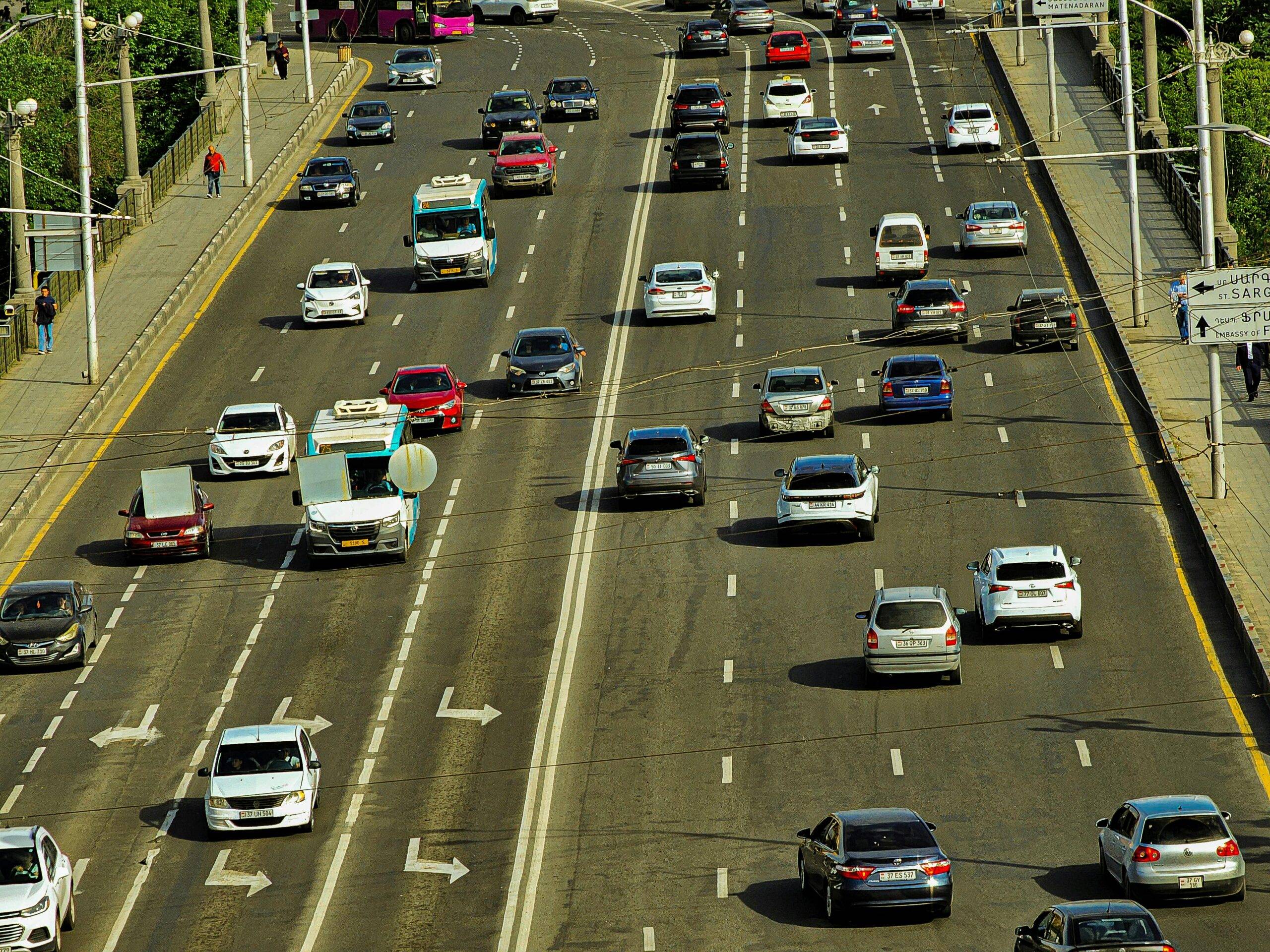As we step into mid-2025, India is once again witnessing a concerning surge in COVID-19 cases. After months of relative calm, the recent uptick in infections has sparked nationwide discussions and raised public health concerns. While the situation is still being closely monitored, experts are urging citizens not to let their guard down.
🔍 The Current Situation
According to the latest data from health authorities, several states—particularly Maharashtra, Kerala, Delhi, and Tamil Nadu—have reported a steady increase in daily COVID-19 cases since late April. The surge appears to be driven by a new sub-variant of Omicron, which is reportedly more transmissible but not necessarily more severe. However, the sheer number of cases poses a threat to vulnerable populations, especially the elderly and those with pre-existing health conditions.
🧬 New Variant and Its Impact
Preliminary research indicates that the new sub-variant, unofficially labeled “Omicron XE2,” shows signs of higher airborne transmission, especially in densely populated urban areas. While vaccines are still offering considerable protection against severe illness, breakthrough infections are becoming more common. This variant seems to evade natural immunity to some extent, making even those previously infected susceptible.
🏥 Health System Under Pressure
Hospitals in major cities are reporting a gradual increase in admissions, although ICU occupancy remains low for now. Health professionals are emphasizing the importance of timely testing, isolation, and following updated government advisories. Some districts have reintroduced mask mandates in public spaces and limited large gatherings as precautionary measures.
📉 Public Response and Complacency
One of the major challenges is public complacency. With memories of past waves fading and life returning to normal, many people have relaxed their COVID-appropriate behavior. Mask usage has declined, vaccination booster drives have slowed, and testing rates have dropped. This complacency could worsen the current wave if not addressed promptly.
🛡️ What Can Be Done?
Here are a few essential steps individuals and communities should consider:
Wear masks in crowded indoor settings and public transport.
Get vaccinated and stay updated on booster doses, especially for high-risk groups.
Avoid large gatherings unless absolutely necessary.
Maintain hygiene by washing hands regularly and using sanitizers.
Stay informed through credible sources like the Ministry of Health and WHO updates.
📣 Government Measures
The Indian government has ramped up genome sequencing, reactivated COVID-19 task forces, and urged state governments to increase awareness campaigns. Booster vaccine stock is being distributed to states with rising cases, and preparations for potential emergency needs, such as oxygen and ventilator supplies, are being reviewed.
🌍 A Global Perspective
India isn’t alone. Many countries in Asia and Europe are also grappling with fresh COVID-19 waves driven by newer variants. This emphasizes the global nature of the virus and the need for ongoing cooperation, vigilance, and public health investment.
🧠 Final Thoughts
The rise in COVID-19 cases in May 2025 is a stark reminder that the pandemic isn’t entirely behind us. While we’ve made incredible progress in vaccines, treatments, and awareness, the virus continues to evolve. Let’s not lose the lessons learned. With caution, science, and collective responsibility, we can navigate this wave and protect ourselves and those around us.






Leave a Reply